NGUYET CAT (According to CNA)
“Is that the ‘Dolphin Safe’ or ‘Certified Sustainable Seafood’ label on the tuna can?” a group of Grade 4 students excitedly asked as they looked at the information on the products on display at the EcoMart booth during a science lesson at Si Ling Primary School in Singapore. With walls filled with information on local consumption, overfishing and sustainable materials, the special booth is part of an applied learning initiative that empowers students to promote environmental protection efforts not only at school but also at home and in the community.
Students actively participate in learning about sustainable lifestyles at EcoMart.
In March, Singapore's Education Minister Gan Siow said food sustainability would be a focus of teaching in schools by 2023. The ministry will support schools to highlight the importance of sustainable food production in their curriculums and set up facilities for students to apply their knowledge of food production and food waste management. CNA news agency reported on the process of science teacher Ashri Shukri teaching sustainable living to students.
At the beginning of the class, Mr. Ashri asked the students if they often go grocery shopping with their parents, and most of them nodded. “Can the choices you make at the supermarket have an impact on the environment?” he continued. The students answered loudly, “Yes!” Next, he assigned the class the task of organizing a mock picnic, requiring them to find and buy environmentally friendly tuna, chocolate, paper towels, and disposable plates.
Students were divided into groups of three or four and given tablets to watch videos on topics such as plastic pollution, and read labels that were recognized for being environmentally sustainable. For example, a “Dolphin Safe” label indicates that the company fishes tuna using methods that do not harm dolphins and protect marine ecosystems. Forest Stewardship Council (FSC) certification ensures that wood products such as tissue paper come from responsibly managed forests. A “Sustainable Seafood” label from the Marine Stewardship Council certifies that the seafood was caught in a way that does not impact current and future fish supplies. Next, the groups went to EcoMart, read the instructions and filled out worksheets while having lively discussions with their peers, then went to the shelves to find the products they needed for the picnic. Each shelf at EcoMart contains the same products from different brands and you need to look carefully at each label before deciding on the most environmentally friendly one.
Speaking to CNA after the lesson, Ashri said that this approach encourages students to do their own research and find information about environmentally sustainable products, making the learning about sustainability come alive for students and giving them the opportunity to practice responsible decision-making. Different grades explore different aspects of food sustainability. For example, sixth graders learn about how food transportation contributes to climate change, comparing countries where products are produced and calculating how far products have traveled before deciding which ones to buy. Ashri said that EcoMart also has a small vertical hydroponic farm, which is used in other lessons as students learn about growing vegetables locally.
Giving students the opportunity to apply knowledge or use information in a new situation helps them learn more deeply and make meaningful connections, he said. The EcoMart “supermarket” model can teach students that buying more sustainable goods can help reduce carbon emissions, conserve natural resources and reduce waste.
Indeed, after going through this lesson last year, Chai Xin Lyn, a Grade 5 “environmental ambassador,” said: “We learned how to shop sustainably and have a new slogan called “ABC,” where A means avoid impulse buying, B means buy less, and C means choose good products.” Lyn said she would explain to her parents and then show them the different brands when shopping. Similarly, other environmental ambassadors also talked about how they explained the meaning of the labels to their parents. They said that their parents listened to their instructions while shopping, and that their parents were happy and proud when they learned this at school.
Source link


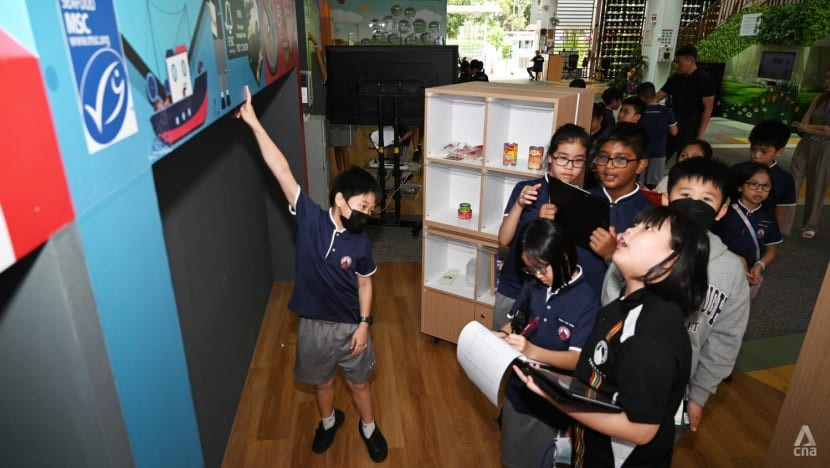
![[Photo] General Secretary To Lam attends the 18th Hanoi Party Congress, term 2025-2030](https://vphoto.vietnam.vn/thumb/1200x675/vietnam/resource/IMAGE/2025/10/16/1760581023342_cover-0367-jpg.webp)
![[Photo] Conference of the Government Party Committee Standing Committee and the National Assembly Party Committee Standing Committee on the 10th Session, 15th National Assembly](https://vphoto.vietnam.vn/thumb/1200x675/vietnam/resource/IMAGE/2025/10/15/1760543205375_dsc-7128-jpg.webp)

![[Photo] Many dykes in Bac Ninh were eroded after the circulation of storm No. 11](https://vphoto.vietnam.vn/thumb/1200x675/vietnam/resource/IMAGE/2025/10/15/1760537802647_1-7384-jpg.webp)


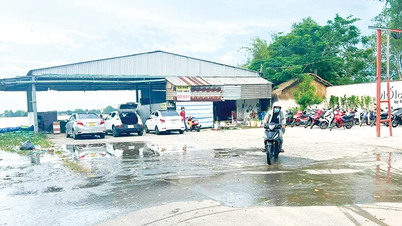
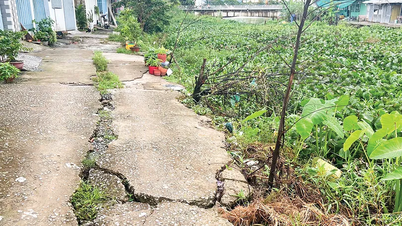
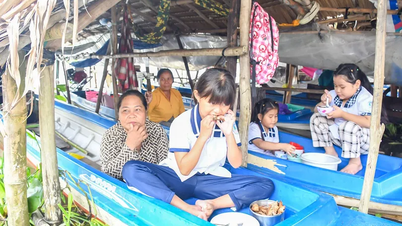
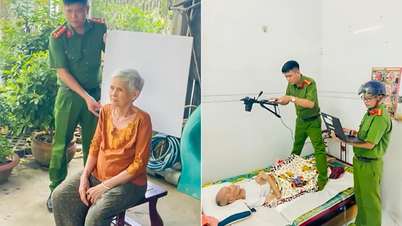

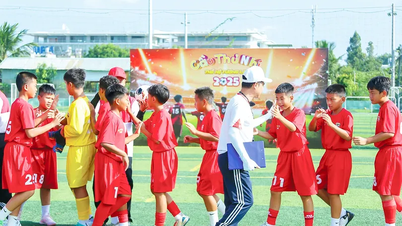




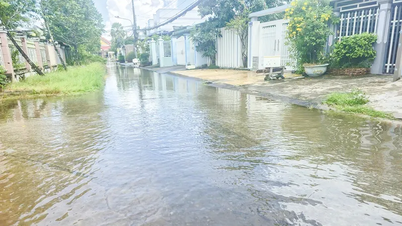
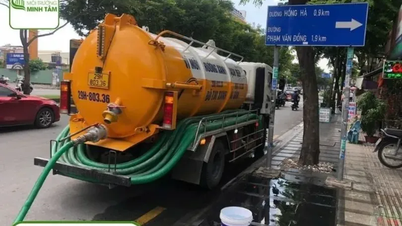
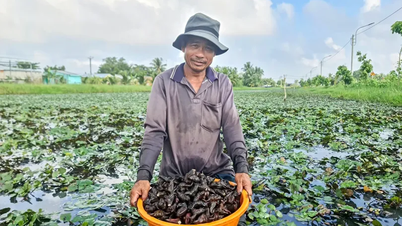
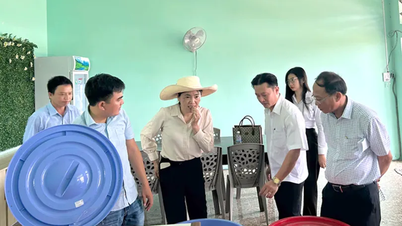
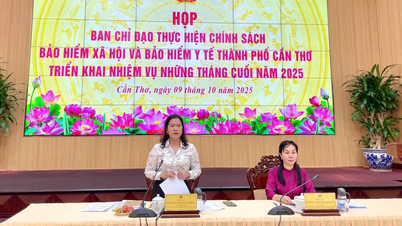
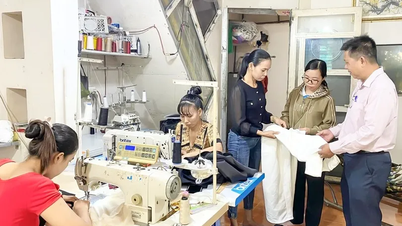
![[Video] TripAdvisor honors many famous attractions of Ninh Binh](https://vphoto.vietnam.vn/thumb/402x226/vietnam/resource/IMAGE/2025/10/16/1760574721908_vinh-danh-ninh-binh-7368-jpg.webp)





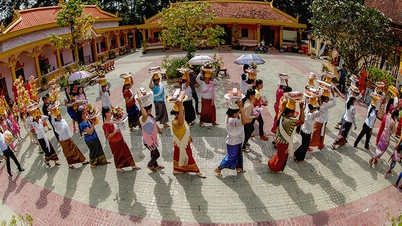

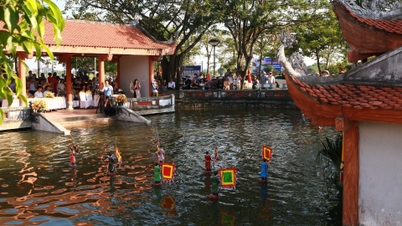






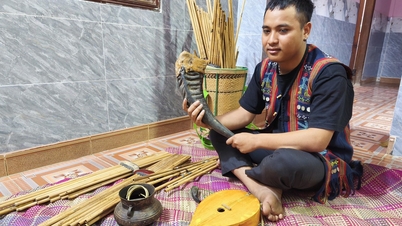
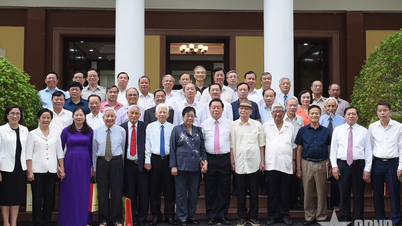




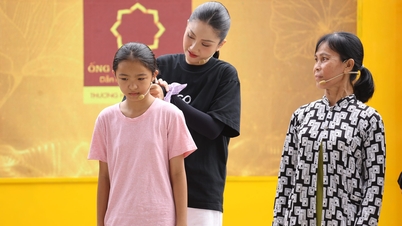

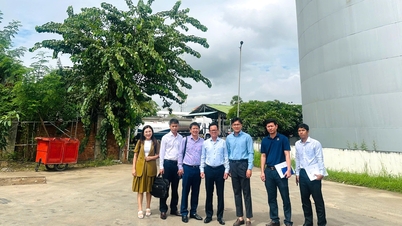
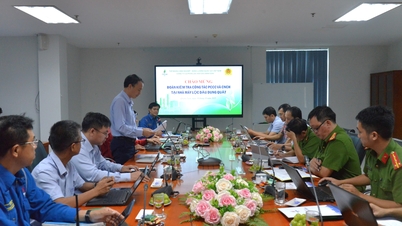
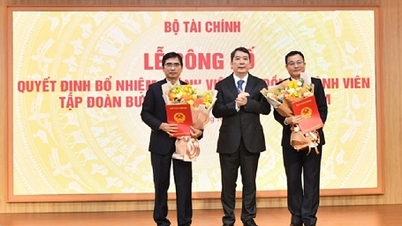
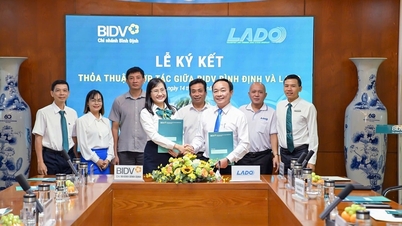

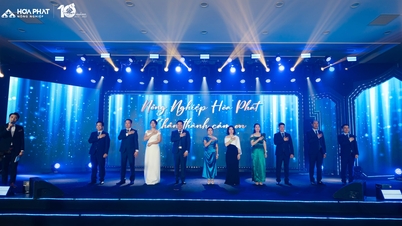







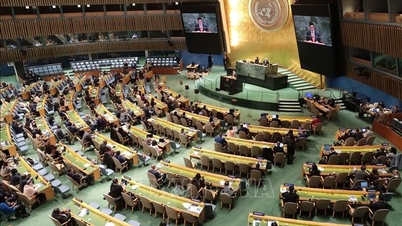

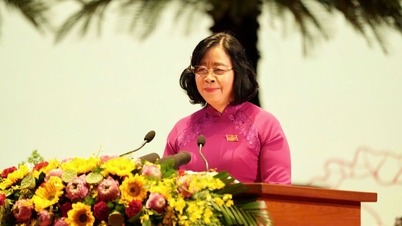


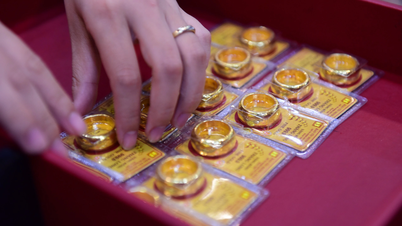
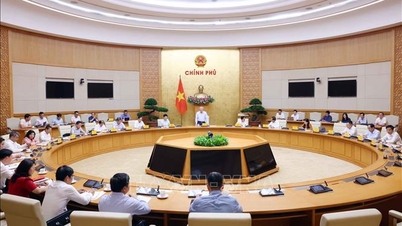


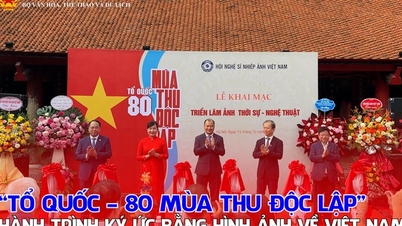
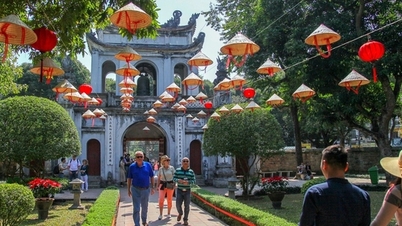
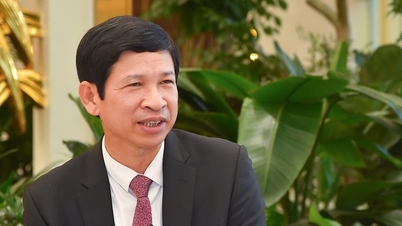
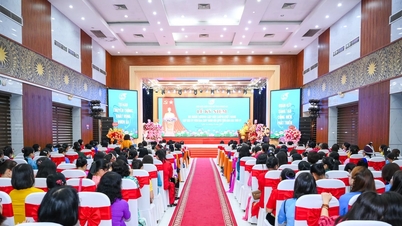



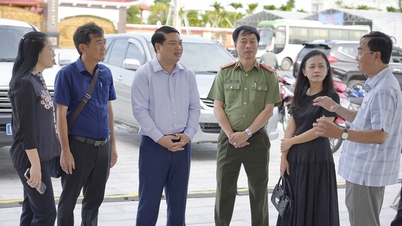

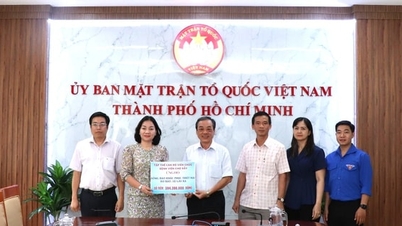



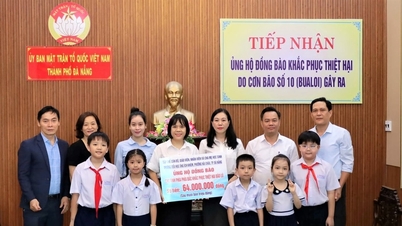







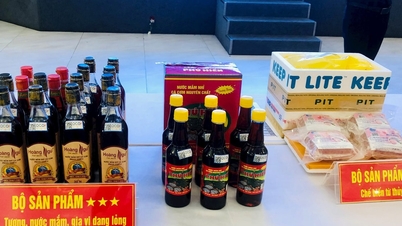







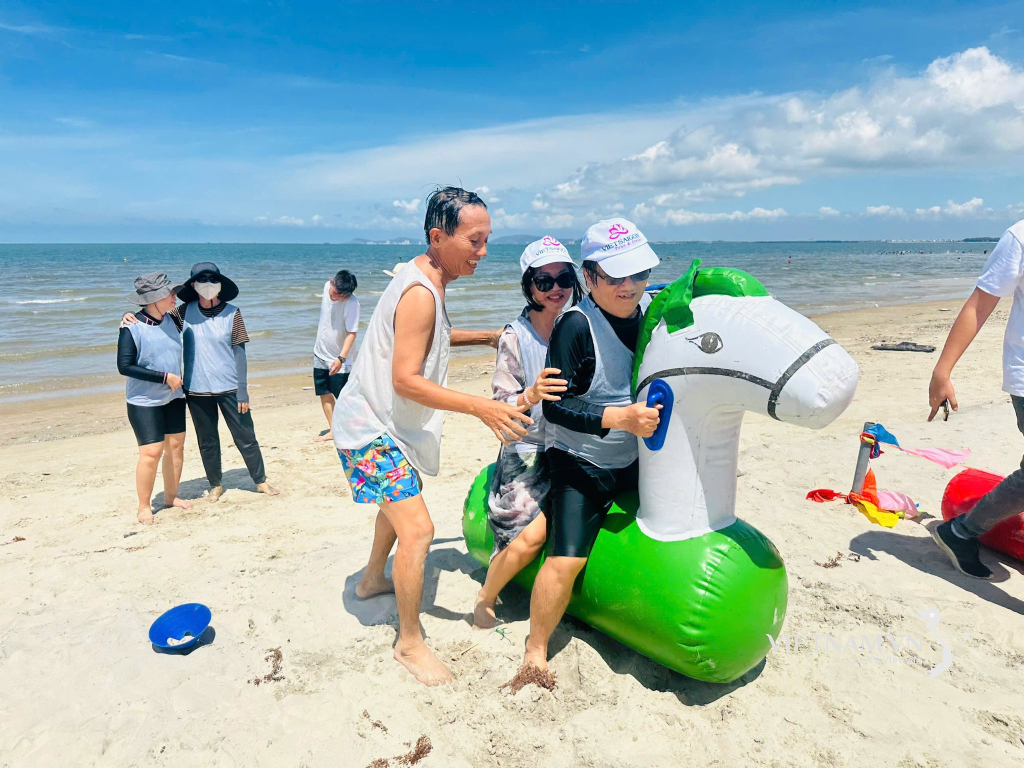


Comment (0)